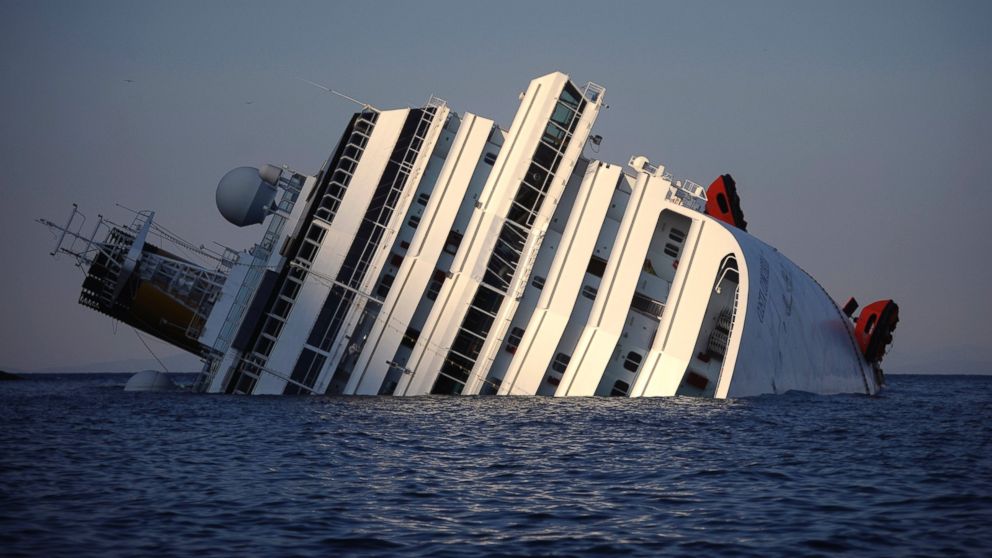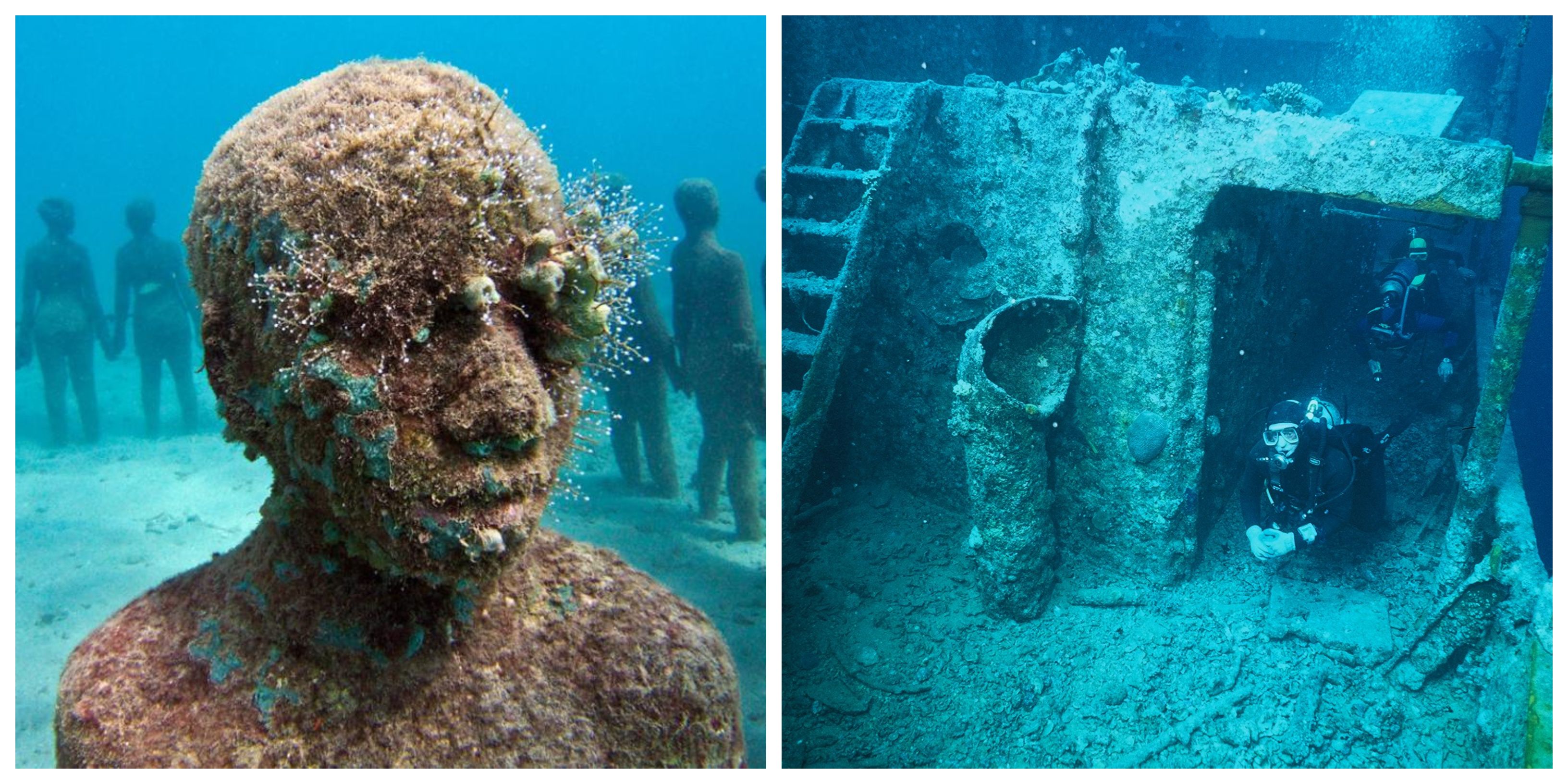Table Of Content

The Titanic had a total of 840 cabins, with a maximum capacity of 2,435 passengers and crew. In contrast, modern cruise ships can accommodate thousands of passengers and crew, with the largest ships able to carry over 6,000 passengers. The Titanic had a draft of 34 feet, meaning that 34 feet of the ship was underwater.
The Depth A Cruise Ship Is Under Water
Cruise ships aren’t designed to deal with particularly bad weather, although modern ships do have powerful stabilizers. Cruise ships often sit high on the water and can often be strange shapes that aren’t hydrodynamic at all. Ocean liners tend to sit quite low in the water and have a pointed bow. They are designed this way to be able to deal with bad weather and to minimize the feeling of movement onboard. A ship with a semi-displacement hull, acts like a displacement hull when travelling at slow speeds, pushing water to the sides of the ship.
The Physics of Water Displacement
The amount of cruise ship that is underwater ranges from 20 feet, for a smaller ship, to 31 feet for the largest vessels. It means that only 13% of the ship’s hull and superstructure is underwater, which further reinforces how incredible the technology that marine engineers have developed. By managing weight effectively and employing these advanced systems, cruise ships can withstand even the toughest marine conditions. In doing so, they provide passengers and crew members with a safe and enjoyable experience while traversing the open seas. Large cruise ships stay stable because of the technology and design made by marine engineers.
What Are the Consequences of a Cruise Ship Tipping Over?
They also have ballast tanks that can be adjusted for better weight distribution, helping the ship to stay afloat even in rough waters. The wide hull provides a larger surface area for the ship to push against the water, allowing for the displacement of a greater volume of water. This compensates for the weight of the ship and helps maintain stability. On average, approximately 30 feet (9 meters) of a large cruise ship sits underwater, contributing to its buoyancy. When you gaze upon a towering cruise ship, you might wonder how something so massive avoids tipping over.
How Does the Hull Shape Make a Difference to a Ship?
Onboard bars and lounges offer a variety of drinks and cocktails; some ships even have ice bars where passengers can enjoy a drink in a chilly setting. If you are fascinated by cruise ship facts, you may also enjoy this post. It means that even if any two adjacent compartments are open to the sea, there will still be enough buoyancy to ensure that the ship will not sink. The hull’s design lessens the effect of wind and waves while withstanding the power of the ocean.

This is an amazing technical achievement that attests to the amazing technology used in the planning and construction of these enormous warships. Next time, you’ll enjoy your cruise even more after seeing all the above facts and science with your eyes. In actuality, this line sets the limit to which the vessel can be loaded.
There’s a line passing through the circle highlighting this maximum point, with a ladder arrangement showing different drafts for specific conditions. This blog helps over a million people to plan their cruises each month. She has worked in the cruise industry since 2015 and has taken over 30 cruises.

The design and technology of modern cruise ships allow them to displace a volume of water equal to their weight, which keeps them afloat and prevents them from sinking or tipping over. A cruise ship stays afloat by displacing a volume of water equal to its own weight. This means that the weight of the cruise ship is offset by the upward force of the water it displaces. Marine engineers have designed the hull and other parts of the ship to ensure it can move through the water while remaining stable and buoyant. The main thing to remember is that the amount of the ship that is underwater is not a cause for concern.
Luxury cruise ship with underwater lounge arrives in Devon - Devon Live
Luxury cruise ship with underwater lounge arrives in Devon.
Posted: Tue, 19 Sep 2023 07:00:00 GMT [source]
This underwater section is engineered for buoyancy and stability, governed by principles like Archimedes’ law. This balancing act allows cruise ships to sail safely, even in rough seas. A cruise ship moves water in an amount proportionate to its weight when submerged in it. By creating an upward force to offset the ship’s weight’s downward push, this displacement helps to keep the vessel afloat. These massive vessels are engineering marvels designed to provide passengers with a luxurious and unforgettable experience. Let’s look at impressive cruise ship weight, length, and height statistics.
This includes the cabins, restaurants, swimming pools, waterslides, mini golf courses, bumper cars and all manner of crazy things that cruise ships now have on board. Fortunately, I have discovered that there are a few key factors that ensure cruise ships don’t sink. The French luxury cruise company Ponant has six cruise ships that feature the Blue Eye Lounge. There are many underwater rooms on a cruise ship, although typically, they are not staterooms booked out to passengers.
They provide outlets for cruise ship passengers to enjoy various activities, from dining to drinking to music, kids’ activities, and more. The upward buoyant force that is exerted on a cruise ship in the water is equal to the weight of the water that it displaces. So if you’ve ever wondered how cruise ships float and don’t tip over, you’re certainly not alone. At the bow, cruise ships have a bulbous bow, a large projection that extends out and modifies the water flowing down the side of the hull. Cruise ships are built with a low center of gravity, which makes them less likely to tip over.
Glacier Bay’s Underwater Sound Environment: The Effects of Cruise Ship Noise on Humpback Whale Habitat (U.S - National Park Service
Glacier Bay’s Underwater Sound Environment: The Effects of Cruise Ship Noise on Humpback Whale Habitat (U.S.
Posted: Wed, 24 May 2017 07:00:00 GMT [source]
Likewise, for the heavy load, the depth of the ship will also be greater. One of the notable features on the lowest deck is the presence of fuel tanks, which store the large quantities of fuel needed to power the ship throughout its journey. Additionally, you’ll find freshwater reserves essential for the ship’s various needs, such as drinking water, cooking, and sanitation. The lowest deck on a cruise ship, known as the orlop, is where you’ll find a range of essential components necessary for the ship’s operations.
The weight of the water that is displaced weighs the same as the ship according to Archimedes Principle. Under the water, the front of the ship is usually v-shaped or u-shaped, with the back of the ship having a square-like shape. The bottom of a cruise ship is not perfectly flat, although it does look flat from a distance. Most of the time, passengers receive a reprimand or, in severe instances, may be forced to sign a contract to modify their behavior.
The bottom deck is usually reserved for crew members and may contain features such as the engine room, crew quarters, and storage areas. The upper decks are where passengers can find staterooms, dining areas, entertainment venues, and other amenities. The hull’s shape is a key determinant of how deep the cruise ships’ hulls are under the water (the draught). Deck 1 is usually at or near the waterline, but not typically underwater. In some smaller or differently designed ships, Deck 1 could be closer to or at the waterline and isn’t accessible to the passengers but it’s generally engineered to stay above water.
In this video, you can see the underwater room from the inside and the square windows from the outside, which overlook the river’s surface. The windows are around head height for the average person when standing and are just above the waterline. While you can’t see much when the ship is moving as the sea hits the bow. Inside the lounge area, giant hydrophones transmit the sounds from the seawater outside the lounge to give you a truly immersive experience. Although when glass is used for underwater parts of the ship, it can be up to 18 layers thick as in the case of the Blue Eye Lounge. Many rooms on the lower decks aren’t usually shown on deck plans that are out of bounds for passengers.

No comments:
Post a Comment